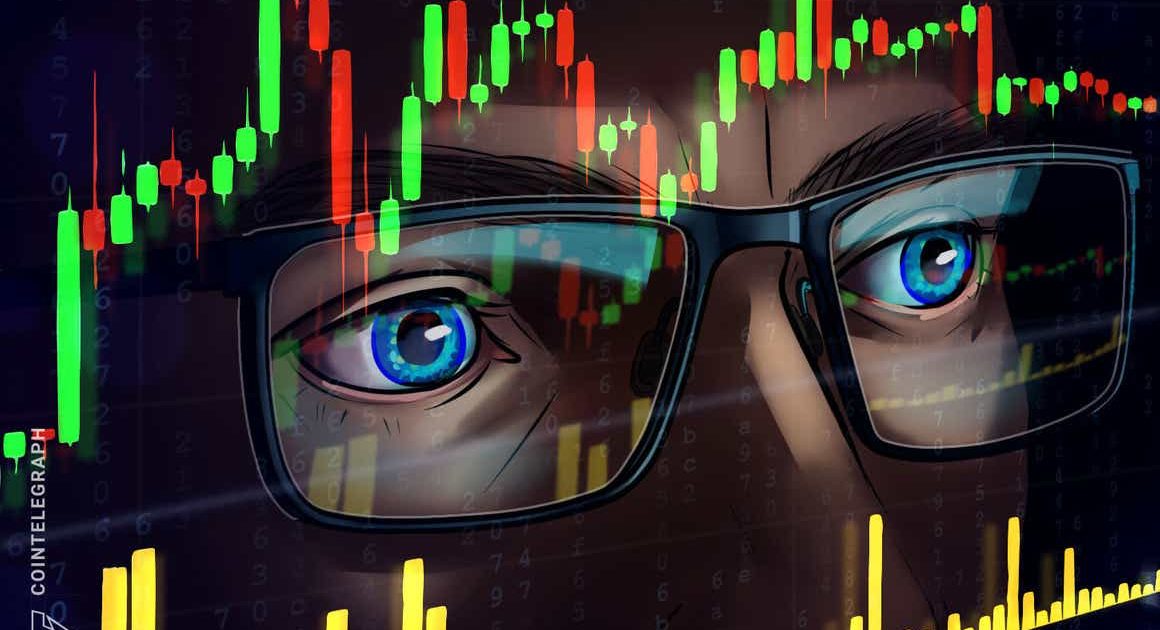Former Goldman Sachs hedge fund manager and founder of Real Vision, Raoul Pal, believes that the social media pundits are wrong and the crypto market cycle won’t end this year.
But things might get a bit hairy on the way.
In a Real Vision interview on Nov. 3rd Pal predicted that the current bull run won’t end in December as it did spectacularly in 2015 and 2017, and will instead extend to some time between March and June.
According to Pal, Bitcoin, Ethereum and altcoin markets are likely to “take the path of most pain”, potentially crashing twice over the next six months.
“My guess is that we probably have a sell-off, and then it rips again because that is the path of most pain and markets tend to take the path of most pain.”
Cryptox reported on Nov. 4th that on-chain data source Econometrics data suggests that if the current cycle follows the same pattern as 2017, the next BTC price peak could be as much as $253,800.
Over the course of 2021 Pal has become increasingly bullish on Ethereum, describing it in August as “the greatest trade.” He said that the upcoming launch of Eth2 and the potential launch of an Ethereum ETF in the first half of 2022 may be catalysts for a massive rally, broadening access to the crypto market and attracting large institutions.
“Institutions tend to make asset allocation decisions by quarters, and my guess is January to March quarter next year we’re going to see a huge inflow.”
“Everybody is staking their ETH. It’s creating this incredible supply and demand imbalance in ETH where there’s only about 11% of the total ETH supply available. Everything else is locked up for this staking,” he said.
Read more: Bitcoin will peak at $253K, Ethereum at $22K this cycle if 2016 halving bull run repeats
“All of that means that we’re likely to see an extended cycle, and I think it extends into between March and June, and that would be a new phase.”
Bitcoin was created in 2009, and so far has moved in market cycles of approximately four years, around the halving, which is when the mining block reward is cut in half, reducing the BTC supply.
Halvings occurred in 2012 and 2016 with the last halving happened in May 2020. While Bitcoin is up 7.3 times since, an increasing number of analysts think that with mainstream adoption, the cycles will no longer dominate..




